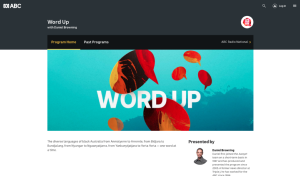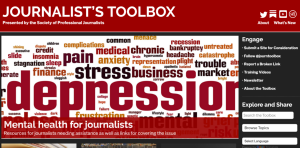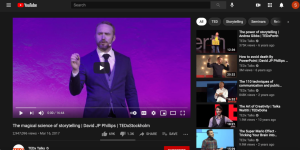General Interest
Back to Top
|
 |
|
 |
|
Mineral exploration in northern Wisconsin
|
Science |
|
Geologist Ernest K. Lehmann accomplished a lot in his 63-year career, including discovering some of the world's largest copper, silver, and gold deposits. Lehmann's company, E.K. Lehmann and Associates, went on several metallic mineral adventures in the Midwest, including northern Wisconsin. This work is encapsulated in paper records donated to the Wisconsin Geological and Natural History Survey, courtesy of his daughter Kate Lehmann. At the link above, readers can explore the collection's maps, sampling results, and reports. Both of the maps have interactive pinpoints. Plus, readers can switch between the Targets and Documents tabs below the maps to browse supplementary materials. The Documents section is particularly insightful as it links to PDFs of several of the reports, images, and other written materials described above. For additional browsing tips, users should click the "i" icon in the top-right corner. The project is led by principal investigator M. Carol McCartney and housed within the Wisconsin Geological and Natural History Survey at the University of Wisconsin-Madison. [EMB] |
|





|
|
 |
|
Word Up
|
Language Arts |
|
Word Up expands listeners' linguistic understanding, "one word at a time." Hosted by Daniel Browning, a long-time news producer and director, the program is designed to uplift "the diverse languages of Black Australia," and does so by sharing personal accounts of guests' stories about language. Most episodes are around five minutes long, so even busy readers can find time to listen and learn something new. Each guest shares several words that are meaningful to them. For example, actor and theater director Shari Sebbens shares words from grandmother's language, Bardi, an endangered Australian Aboriginal language from the Dampier Peninsula (see the February 13, 2021 episode). In the February 27, 2021 episode, artist Vincent Namatjira discusses Western Arrernte, a language family from central Australia. Select episodes also highlight themes in language; for instance, shortly after the Macquarie Dictionary selected its Word of the Year, Word Up released a program about "healing words," including the Pitjantjatjara word "ngangkari" (see the December 7, 2019 episode). The show is available on ABC Listen, Google Podcasts, and Apple Podcasts. [EMB] |
|





|
|
 |
|
Space Station Explorers
|
Science |
|
April is Global Astronomy Month, making it the perfect time for educators to draw on lesson plans from Space Station Explorers. In collaboration with several partner organizations, including the International Space Station (ISS) National Lab, Space Station Explorers collects the best space-based activities from across the web. Content can be sorted by grade, subject, and learning environment (the various "learn at home" activities are perfect for caregivers and virtual classrooms). Readers can also use the search bar to find a specific subject matter (e.g., a search for "gravity" reveals five lesson options including "Ants in Space" and "Invisible Forces"). The lesson plans vary greatly, both in topic and design. For example, educators can check out the "Plants in Space" curriculum, an in-depth exploration of plant systems divided between multiple chapters. Alternatively, educators looking for a shorter option may enjoy the "Bag of Bones" activity, an individual lesson plan that combines life sciences, snacks, and space exploration. [EMB] |
|





|
|
 |
|
The Dwoskin Project
|
Arts |
|
Filmmaker Stephen Dwoskin (1939-2012), known for his experimental style, left a substantial archive that is now held by Special Collections at the University of Reading. The archive includes a wide variety of materials, such as paper documents, computer hard drives, audio tapes, video cassettes, thousands of photographs, slides, and negatives, posters, paintings, and designs. Led by Rachel Garfield (an artist and professor of Fine Art at the University of Reading), the Dwoskin Project is cataloging this material to make it more accessible for researchers. The project focuses on two branches: using the materials "to map the world around Dwoskin," and drawing on "recent theoretical approaches to the body, gender, and disability studies," as a lens on Dwoskin's work. Findings from the project are also highlighted in monthly blog posts, available via the LUX Blog tab. Keep up with the project's latest by checking out the Forthcoming Events section (under the Events tab) and following @DwoskinProject on Twitter and Instagram. [DS] |
|





|
|

















